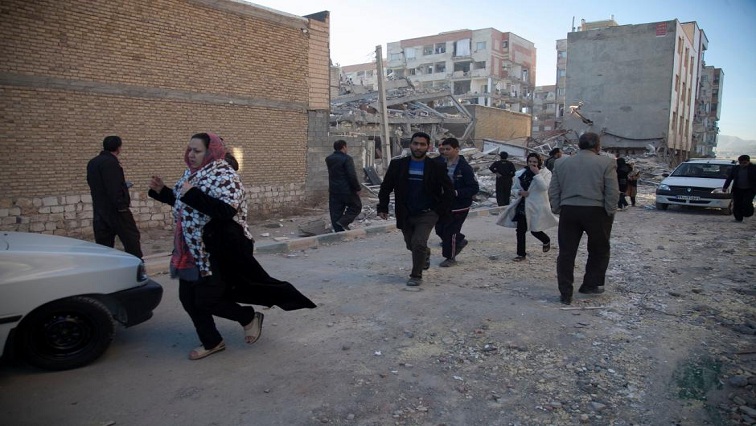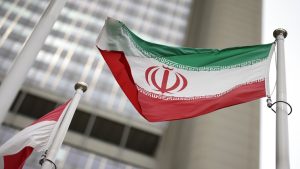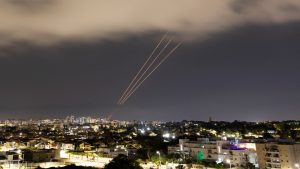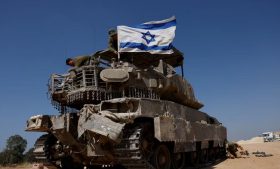Iran said on Tuesday that rescue operations have ended in areas hit by a powerful weekend earthquake that killed at least 450 people and injured thousands of others, state television reported.
“The rescue operations in the (western) Kermanshah province have ended,” Pir-Hossein Kolivand, head of Iran‘s Emergency Medical Services, said on state TV.
Sunday’s 7.3-magnitude earthquake struck villages and towns in the mountainous area of Kermanshah province that borders Iraq while many people were at home asleep. At least 14 provinces in Iran were affected.
State television said thousands were huddling in makeshift camps while many others spent a second night in the open for fear of more tremors to come after some 193 aftershocks.
A homeless young woman in Sarpol-e Zahab, one of the hardest-hit towns, told state TV that her family was exposed to the night chill because of lack of tents.
“It is a very cold night… we need help. We need everything. The authorities should speed up their help,” she said.
Iran‘s top authority Supreme Leader Ayatollah Ali Khamenei offered his condolences on Monday and called on government agencies to do all they could to help those affected.
Iranian police, the elite Revolutionary Guards and its affiliated Basij militia forces were dispatched to affected areas on Sunday night. President Hassan Rouhani will visit the area on Tuesday, state TV said.
Television showed footage of rescue workers frantically combing through the rubble of dozens of villages immediately after the quake. But Iranian officials said the chances of finding any more survivors were extremely low.
Hospitals in nearby provinces took in many of the injured, state television said, airing footage of survivors waiting to be treated. Hundreds of critically injured people were dispatched to hospitals in Tehran.
Iran‘s Red Crescent said emergency shelters had been given to thousands of homeless people, but lack of water and electricity as well as blocked roads in some areas hindered aid supply efforts.
Local authorities said traffic chaos on roads, caused by people from nearby provinces who were rushing to help, further hampered the flow of aid to quake-hit areas.
“People in some villages are still in dire need of food, water and shelter,” governor of Qasr-e Shirin Faramarz Akbaritold state television.
More than 30 000 houses in the area were damaged and at least two villages were completely destroyed, Iranian authorities said.
Houses in Iranian villages are often made of concrete blocks or mud brick that can crumble and collapse in a strong quake.
Photographs posted on Iranian news websites showed rescue workers digging people out of collapsed buildings, cars smashed beneath rubble and rescue dogs trying to find signs of life under the twisted remains of collapsed buildings.






